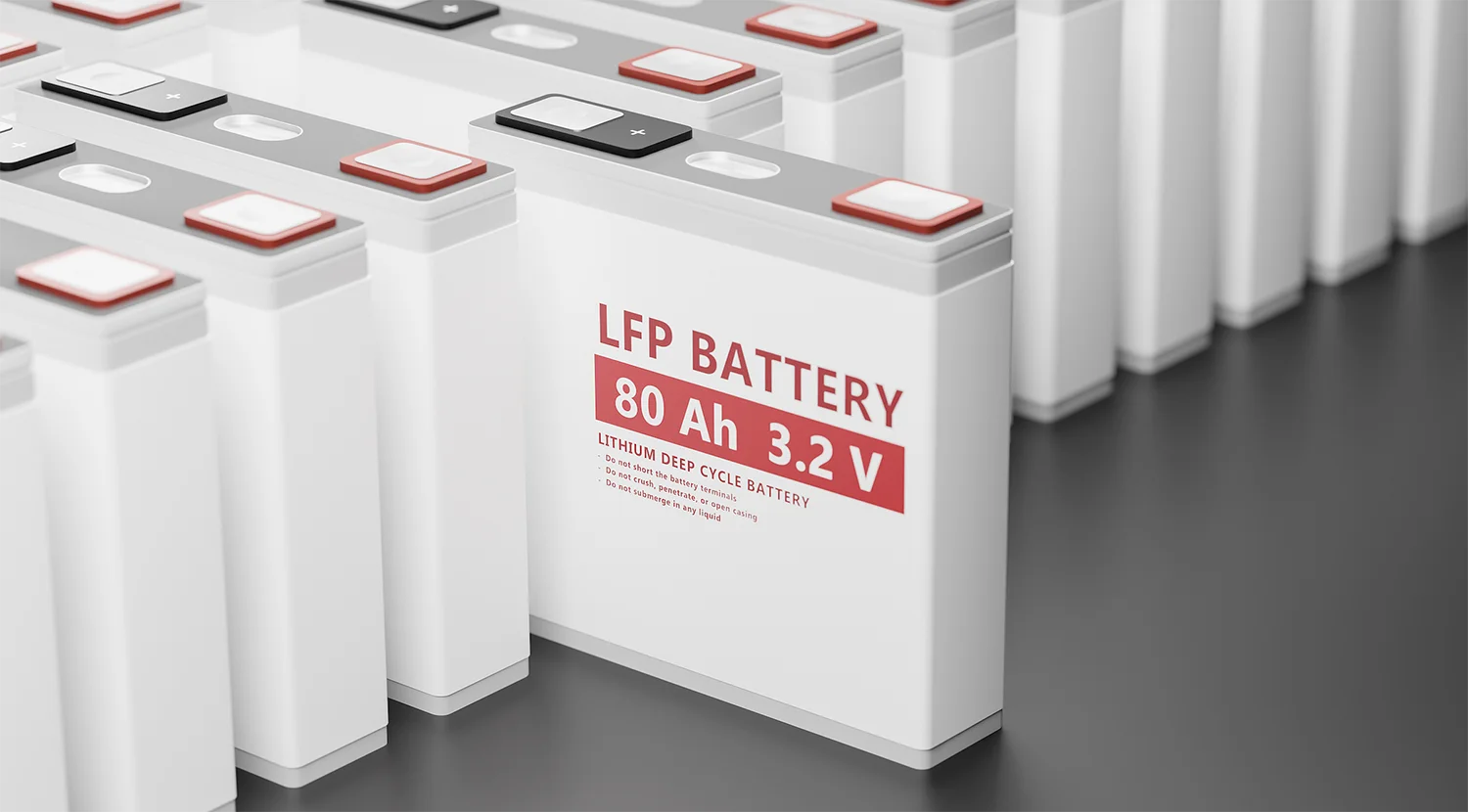During the use of electric vehicle batteries, in addition to normal usage and abnormal power consumption, there is also a discharging method that is often overlooked due to its minimal impact. However, over time, the consequences can be significant. This method is known as self-discharge. Many users have likely experienced this phenomenon, where despite being fully charged, the battery’s capacity drops after being left idle for a week, leading to the misconception that the battery is faulty.
Self-discharge is a common occurrence for all electric vehicle batteries. Typically, the traction battery automatically discharges one to two percent of its charge each day, gradually decreasing the overall charge until it reaches a depleted state. Consequently, a battery left unused for a month may only retain half of its capacity. The primary reasons for the occurrence of self-discharge in electric vehicle batteries include:
Prolonged Storage
This type of discharge is a natural occurrence and should not cause any undue concern. Over time, the battery’s electrolyte undergoes changes that lead to self-discharge.
Impurity in the Electrolyte Solution
The electrolyte in electric vehicle batteries produced by reputable manufacturers is highly pure and contains minimal impurities, resulting in a slow rate of discharge within normal limits. Conversely, some electric vehicle batteries exhibit rapid discharge due to impure electrolyte, which contains impurities and creates a potential difference, leading to battery short-circuiting and energy depletion.
External Bridging or Short-Circuiting of the Battery
According to experts, when the leads from the battery come into contact with the vehicle’s body, or when there are metal wires or tools causing a connection between the positive and negative terminals, it can result in a rapid discharge. Additionally, leakage of electrolyte from the battery casing or terminal can also lead to discharge.
So, how can we prevent self-discharge of electric vehicle batteries? There are three methods to achieve this:
First, Enhance Maintenance and Timely Recharging
Similar to all powered items, electric vehicle batteries require regular maintenance. Maintenance is essential not only to extend their service life but also to ensure optimal performance. During maintenance, it is important to keep the battery clean and regularly check for any damage. Additionally, after using the battery, it should be recharged when the remaining capacity reaches fifty percent, rather than waiting until it is fully depleted.
Second, Purchase High-Quality Batteries
Currently, there are many reputable battery brands in the market, such as “Li Ban” batteries, which specialize in high-end electric vehicle traction batteries. They offer a range of series with superior quality and comprehensive after-sales service, catering to various user needs.
Third, Handle with Care
The electrolyte in electric vehicle batteries is extremely vital. Therefore, it is crucial to handle them delicately to avoid any collisions that may damage the casing and lead to electrolyte leakage, especially during transportation.


